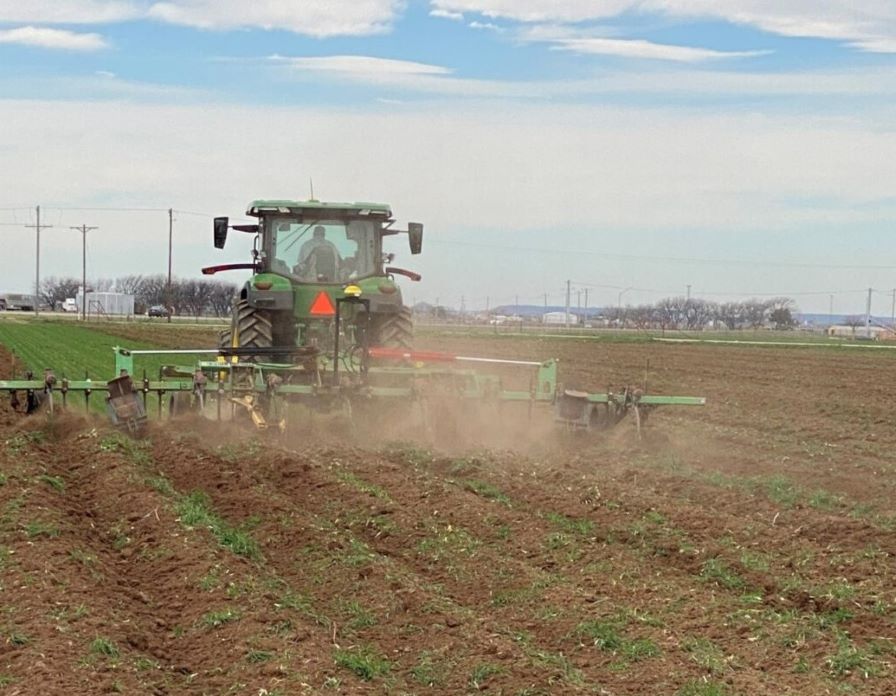Drought, Water Issues Driving California Cotton Acres Down
When USDA released its Planted Acres report in late June, it showed total U.S. cotton acreage down 3% from the final 2020 numbers. That’s not surprising considering the planting conditions across the Cotton Belt early in the season, as well as competitive market prices from other commodities.
One of the numbers that stood out in the 2021 report was a 41,000-acre drop in total California cotton acres, driven by a number of factors including drought and water issues. And that follows a 20,000-acre reduction in 2020.
In a recent episode of Cotton Grower® magazine’s Cotton Companion podcast, Jarral Neeper, president of TruCott Commodities in Bakersfield, CA, outlined some of the current conditions and challenges facing cotton production in California.
CG: We know California is suffering through extreme drought conditions this year, and the impact on cotton acres in the state. What’s the outlook for California cotton moving ahead?
Neeper: “It’s going to be difficult. Some growers are taking out almond orchards this year because of the dry weather and lack of water they have to operate with. Next year, you could even see a further reduction in acres.
“This year, California planted under 100,000 acres of Pima cotton and roughly 40,000 acres of upland, but that’s a little bit high. Even still, take out the cotton along the Colorado River and cotton in the Sacramento Valley, you have maybe 30,000 acres of upland cotton in the Valley and maybe 95,000 acres of Pima. That’s hardly anything.
“If a grower has wells, they’ll pump them. But even this year, people are worried that their wells might go out on them.
“Longer term, I don’t know that cotton will completely disappear in California, because growers are still getting paid pretty decently to grow planting seed for the major seed companies. But even those planting seed contracts may have to get a little more attractive to induce guys to keep growing.
“If we can hold steady at this current level of 100,000 to 135,000 acres per year, it would be fantastic. But it’s all going to depend on how much water we get this next winter.”









